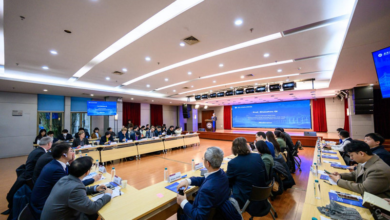How East Asian’s Higher Education Systems are Addressing the Crisis to Adapt to the Future

With the current coronavirus (COVID-19) pandemic, many higher education institutions in most countries, including in East Asia, have transitioned to online learning. However it has been challenging for students without access to the internet, and these digital inequalities persist across all countries. Only Singapore, Brunei, and Malaysia have over 80 percent internet penetration. In Indonesia, Thailand, and Cambodia, less than 60 percent of the population has access to the internet, while only around 40 percent have access in Myanmar and Vietnam.
The digital divide is about more than internet access, however. It is also about the reliability, speed, and affordability of internet and data access, as well as having access to electronic devices conducive to learning. The most vulnerable often face more than one disadvantage, which magnifies the impact. Many institutions or governments have introduced a loan system to provide students in need with appropriate devices.
Another key issue is how prepared systems, students, and teachers are to adapt to online learning. Having infrastructure in place makes the transition to remote teaching and learning much easier. Some universities had an “online forward” approach to teaching and learning prior to the pandemic. For example, Taylor’s University in Malaysia states that each of its courses has its own virtual site, allowing online engagement for assessments, assignments, peer support, and communication with peers and lecturers.
Read the full article from WorldBank.org




